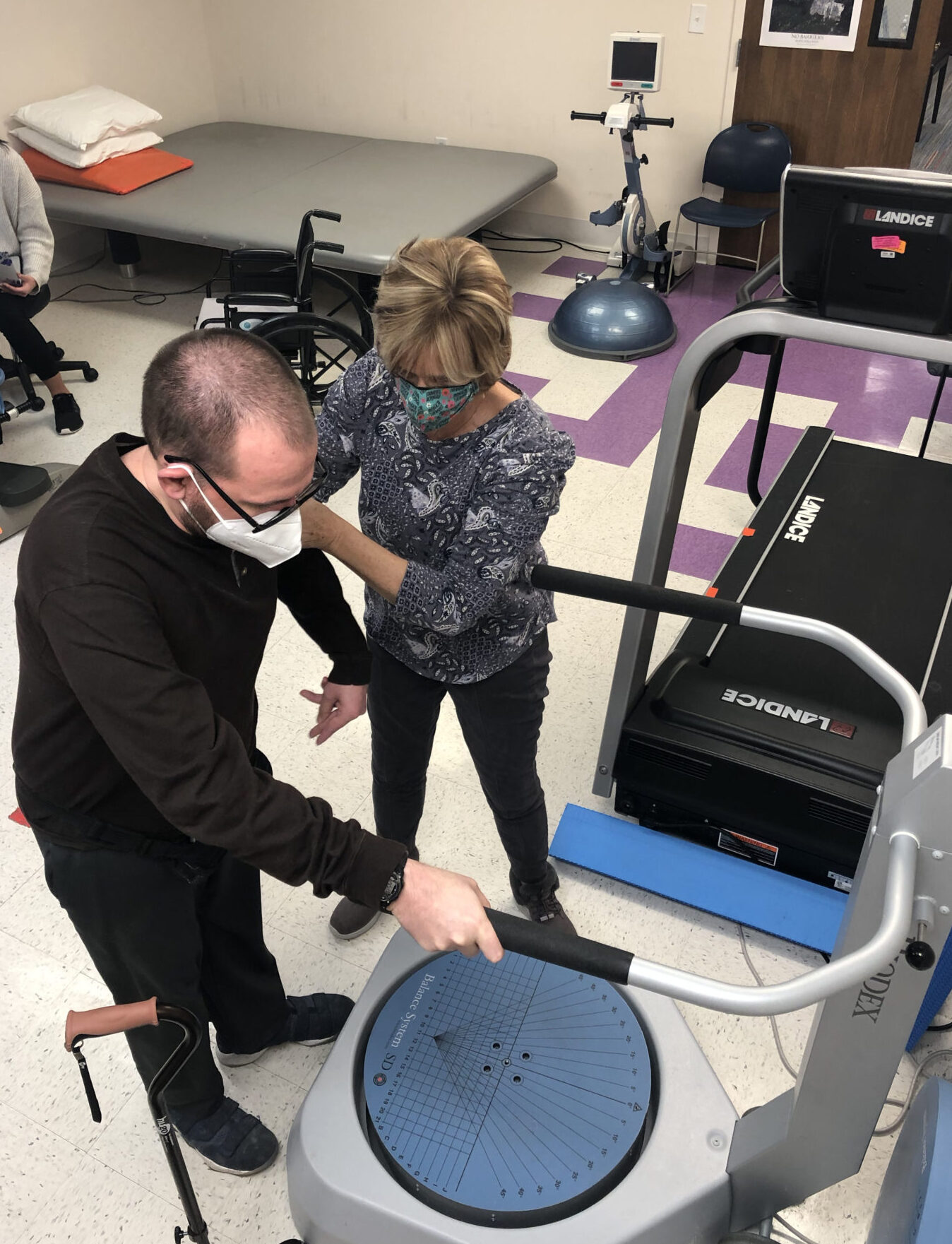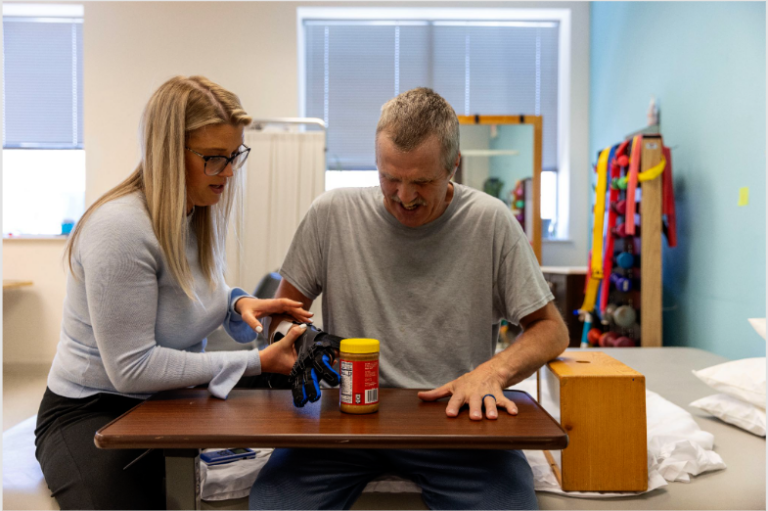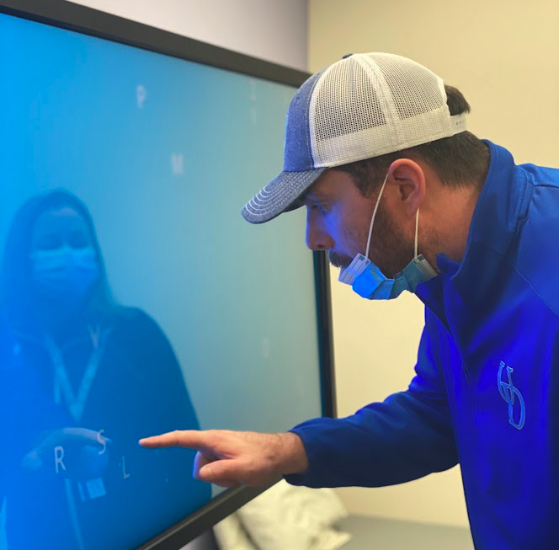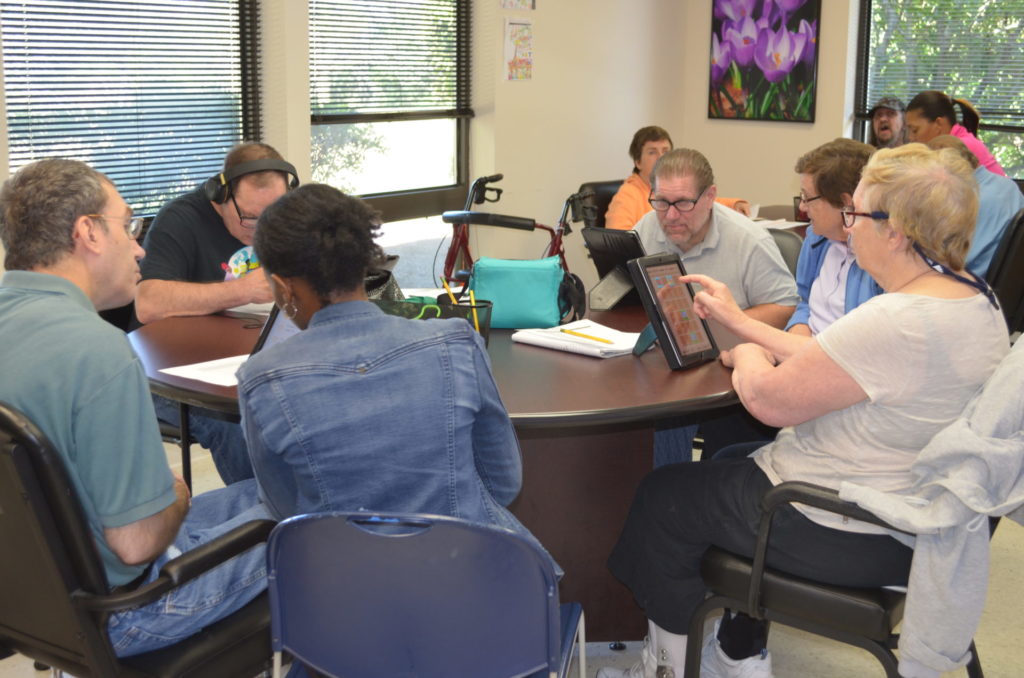

Swimming Safety: Know the Risks of Fun and Sun
Danielle Ager, Psy.D., and Kathryn Murray, Psy.D. discuss common water-related injury accidents and share prevention tips to keep in mind before going for a swim.
With the dog days of summer upon us, many are looking for ways to cool off, but along with a fun day at the pool comes often-overlooked water safety and risk concerns — some of which can lead to lifelong consequences in an instant
According to the CDC:
- Drowning is the leading cause of unintentional injury death for children ages 1 to 4 years
- Drowning is the second leading cause of injury death for children ages 5 to 14 years
- Nearly 40% of drowning victims treated in emergency departments require hospitalization or transfer for further care
Individuals of all ages with autism or disabilities are also at increased risk. These nonfatal drowning incidents can cause brain damage, resulting in memory loss, slower thinking skills, headaches, difficulty with mobility, and weakness in the arms and legs.
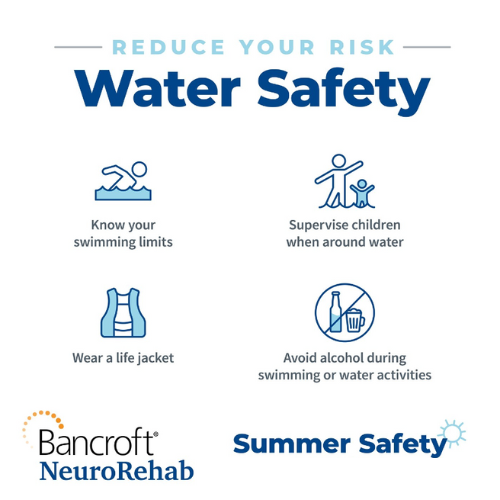

Types of Water-Related Injuries
Water-related injuries include drowning and accidents for reasons such as slips and falls, poolside negligence and diving. Common accidents include:
- Fatal drowning: People assume an individual drowning will make a loud noise, but it’s typically quick and silent.
- Nonfatal drowning: This occurs when the brain has been starved of oxygen for a period of time, often resulting in anoxic brain injury. Depending on the severity of the injury, individuals may recover. It may not be immediately clear someone has sustained an anoxic brain injury as you don’t have to lose consciousness to be affected. Red flags include amnesia prior to going underwater, disorientation, or noticeable changes in behavior or thinking patterns – immediately or even several months later. Additionally, if someone has trouble breathing after a near-drowning incident, they should seek medical attention. It is possible that water entered their lungs and may cause inflammation or swelling, making it difficult to breathe.
- Slips and falls: Running on a slippery poolside surface can result in concussion or traumatic brain injury. Signs of traumatic brain injury vary depending on severity, but symptoms can include loss of consciousness, a worsening headache, vomiting or nausea, slurred speech, increased confusion or agitation, and loss of coordination.
- Diving: Diving in shallow water or risky behaviors such as diving off unintended surfaces and collisions with other swimmers can also result in concussion or traumatic brain injury. An individual doesn’t have to lose consciousness to have a concussion. Red flags include memory loss after the accident, disorientation, nausea, dizziness, double vision, headache, and vomiting – a clear sign the individual needs to get to the hospital.
If an individual loses consciousness following an incident, there may be suspicion of an anoxic or traumatic brain injury. Call 911 immediately and administer CPR. The ER may perform CT or MRI to measure brain function.
Prevention Tips
- Always swim with a friend, and make sure children are supervised by an adult around the water. Reduce distractions while supervising children by limiting texting and conversations.
- Know your limits and swim within them. Not everyone is a strong swimmer.
- Avoid consuming alcohol while engaging in water activities.
- Ensure the pool area is safe. The pool should be properly covered when not in use as children can drown in as little as two inches of water. Pools should have a proper four-sided barrier with functioning self-closing latches.
- Avoid slippery surfaces.
- Ensure diving boards have been serviced. Never dive in water less than 9 feet deep and do not dive off of unintended surfaces or objects.
- Confirm pool drain covers are compliant and not cracked.
- Always wear a lifejacket when boating or engaging in water sports/activities.
- Ensure the pool, beach or lake has a lifeguard on duty.
- Follow posted signs when swimming at the beach or lake.
- Monitor changing weather conditions that can affect water. Watch for undercurrents and changing waves in a lake or ocean.
- Follow speed limits and boating rules when boating or operating personal watercraft.
- Learn CPR.
Swimming and water activities can provide endless fun, but they can also bring tragedy or a lifetime of deficits and disability. Whether at the pool or down the shore this summer, prioritize safety to reduce the risk of injury to you and your loved ones.
Related Articles


Navigating Life Beyond Stroke: Shawn’s Story
Navigating Life Beyond Stroke: Shawn’s Story From Mechanic to Patient:


Embracing Balance: How Yoga Supports Brain Injury Recovery
Embracing Balance: How Yoga Supports Brain Injury Recovery The Healing


Never Giving Up: How Stephen Reclaimed His Independence After a Traumatic Brain Injury
Never Giving Up: How Stephen Reclaimed His Independence After a



